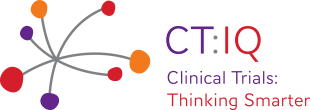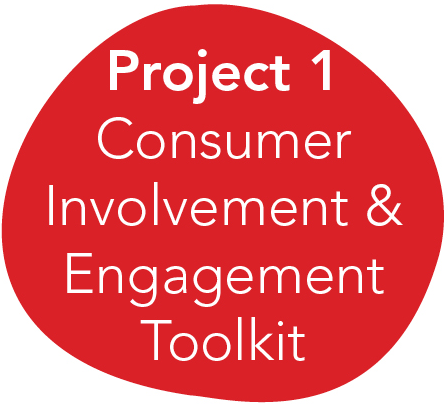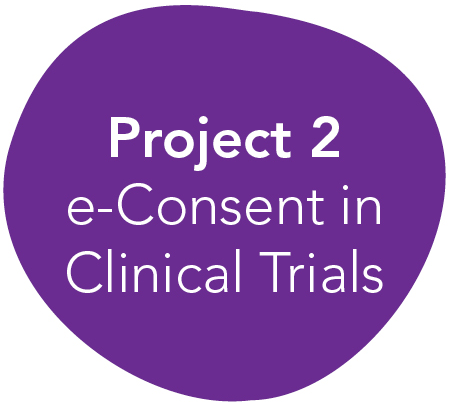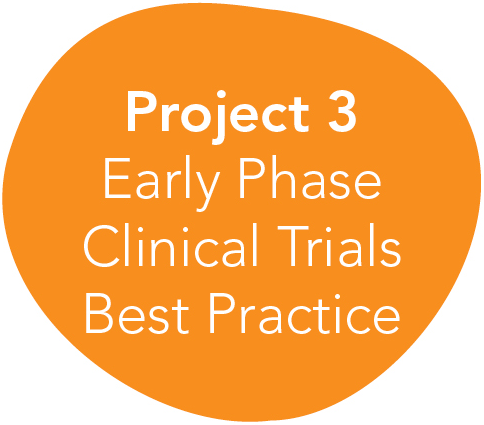Redesigning Consent to Research.
Timeline: March 2021 – December 2023
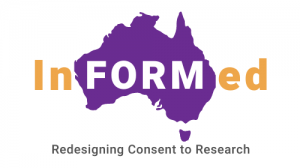
CT:IQ has now officially launched the InFORMed PICF Template. To view the template visit the new website.
Background/Issue:
- The majority of the sector use the 2012 Participant Information & Consent Forms (PICF) templates on the NHMRC website.
- These templates produce long and complex PICFs (often 25+pages).
- Feedback indicates that these are not what participants want or need to make an informed decision to participate in research.
- In 2016, a working group developed a new National PICF template for interventional studies, however uptake and engagement was limited.
- There is a common view that the templates on the NHMRC website need a significant overhaul to create shorter, less complex, more participant friendly version.
- CT:IQ has initiated The InFORMed project to address this issue
CT:IQ is partnering with HeSANDA to develop a Data Sharing Statement for use in Australian health and medical research Participant Information and Consent Forms. The project goal is to provide the sector with an ethically and legally robust consent for future data sharing.
Project Goal:
The sector uses the new nationally consistent, simplified, and more respectful PICF template for the written communication of participant information about research which enables participants to make an informed decision whether to participate.
Project Objectives/Deliverables:
- Develop a simplified, participant friendly national PICF template
- Demonstrate critical mass/intention to adopt from the sector in order to seek NHMRC endorsement
- Obtain NHMRC endorsement replacing the existing 2012 templates on their website
Project Scope:
This is a big project so defining the scope is important. This project will most likely lead to follow on projects.
| IN SCOPE | OUT OF SCOPE |
|---|---|
| The PICF as part of the informed consent process for participation in a research project | Reviewing the end-to-end consent process (e.g. discussions with investigators, method of obtaining signatures) |
| Developing the written content for a new PICF template | Determining the mode of delivery or specific platforms used for the written content, it is up to the user to determine if they use paper or electronic means (e.g. using REDCap to conduct eConsent) |
| Design that PICF template so that it can be used across all types of research* | Developing a suite of templates for different types of research projects |
| Exploring the use of technology to enhance/simplify the written PICF template (e.g. collapsible forms, linking to more detailed information). However, funding will need to be sourced for any major external spend | Development of eConsent multimedia tools e.g. videos, audio |
* This will be further defined as the project progresses. We are aiming to have the minimum number of templates (goal is for one) that can be used in the greatest number of applications. Currently there are 12 NHMRC templates.
Project Team
A Project Team comprising over 35 people from CT:IQ member organisations has been established, meeting fortnightly, to undertake this exciting project.
Two separate surveys were conducted, one with consumers and one with other stakeholders (researchers, sites, sponsors, CRO’s, HRECs and governance) to understand the issues with current PICFs and to identify areas for improvement. Key survey findings support the need for change.
